Intro
Discover a heart-healthy Cardiac Diet Plan, featuring low-sodium recipes, cholesterol-reducing foods, and a balanced eating schedule to manage heart disease, improve cardiovascular health, and promote overall wellbeing.
Maintaining a healthy heart is crucial for overall well-being, and one of the most effective ways to achieve this is through a well-planned cardiac diet. A cardiac diet plan focuses on consuming foods that are rich in nutrients, fiber, and healthy fats, while limiting the intake of unhealthy fats, sugars, and sodium. By making informed food choices, individuals can significantly reduce their risk of developing heart disease, which is one of the leading causes of death worldwide. In this article, we will delve into the importance of a cardiac diet plan, its benefits, and provide a comprehensive guide on how to implement it.
A cardiac diet plan is not just for individuals who have already been diagnosed with heart disease; it is also an excellent preventative measure for those who are at risk of developing it. By adopting a cardiac-friendly diet, individuals can lower their blood pressure, improve their cholesterol levels, and maintain a healthy weight, all of which are critical factors in reducing the risk of heart disease. Moreover, a well-planned cardiac diet can also help to manage existing conditions, such as high blood pressure, diabetes, and high cholesterol, which are all major risk factors for heart disease.
The importance of a cardiac diet plan cannot be overstated, and it is essential to understand the benefits it provides. By consuming a balanced diet that is rich in whole foods, individuals can reduce their risk of heart disease by up to 30%. Furthermore, a cardiac diet plan can also help to improve overall health, increase energy levels, and enhance mental well-being. With the numerous benefits it provides, it is no wonder that a cardiac diet plan is highly recommended by healthcare professionals and nutritionists worldwide.
Understanding the Basics of a Cardiac Diet Plan
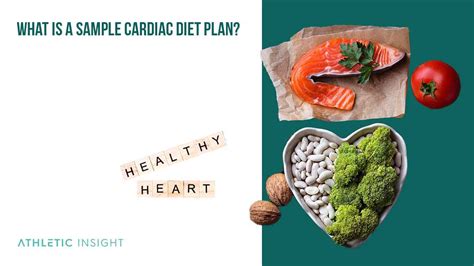
A cardiac diet plan is based on the principles of healthy eating, which involves consuming a variety of whole foods, including fruits, vegetables, whole grains, lean proteins, and healthy fats. The plan focuses on limiting the intake of unhealthy foods, such as sugary drinks, refined carbohydrates, and saturated fats, which can increase the risk of heart disease. By understanding the basics of a cardiac diet plan, individuals can make informed food choices and develop healthy eating habits that will benefit their heart health.
The key components of a cardiac diet plan include consuming a variety of colorful fruits and vegetables, which are rich in antioxidants, fiber, and essential vitamins and minerals. Whole grains, such as brown rice, quinoa, and whole-wheat bread, are also an essential part of a cardiac diet plan, as they provide sustained energy and fiber. Lean proteins, such as poultry, fish, and legumes, are excellent sources of protein and can help to lower cholesterol levels and blood pressure. Healthy fats, such as those found in nuts, seeds, and avocados, are also crucial for heart health, as they help to lower triglycerides and improve cholesterol levels.
Key Foods to Include in a Cardiac Diet Plan
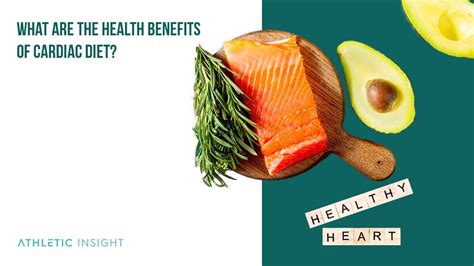
Some of the key foods to include in a cardiac diet plan are:
- Fatty fish, such as salmon and tuna, which are rich in omega-3 fatty acids
- Leafy green vegetables, such as spinach and kale, which are rich in antioxidants and fiber
- Berries, such as blueberries and strawberries, which are rich in antioxidants and fiber
- Avocados, which are rich in healthy fats and fiber
- Nuts and seeds, such as almonds and chia seeds, which are rich in healthy fats and fiber
- Whole grains, such as brown rice and quinoa, which are rich in fiber and essential vitamins and minerals
- Legumes, such as lentils and chickpeas, which are rich in protein and fiber
Benefits of a Cardiac Diet Plan
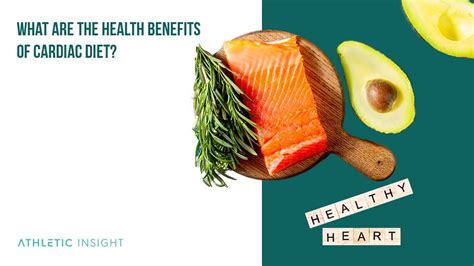
The benefits of a cardiac diet plan are numerous, and they include:
- Lowering blood pressure and cholesterol levels
- Reducing the risk of heart disease and stroke
- Improving overall health and well-being
- Increasing energy levels and enhancing mental well-being
- Supporting weight loss and weight management
- Improving digestion and reducing the risk of certain cancers
By incorporating a cardiac diet plan into daily life, individuals can experience these benefits firsthand and reduce their risk of developing heart disease. Moreover, a cardiac diet plan is not just about preventing heart disease; it is also about promoting overall health and well-being.
Steps to Implement a Cardiac Diet Plan
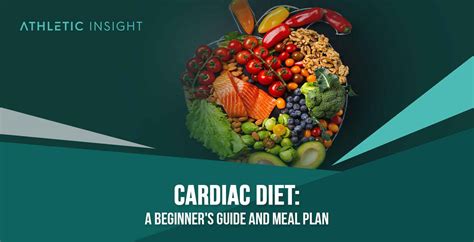
Implementing a cardiac diet plan involves making a few simple changes to daily eating habits. Here are some steps to get started:
- Consult with a healthcare professional or registered dietitian to determine the best course of action
- Keep a food diary to track eating habits and identify areas for improvement
- Focus on whole foods, such as fruits, vegetables, whole grains, lean proteins, and healthy fats
- Limit the intake of unhealthy foods, such as sugary drinks, refined carbohydrates, and saturated fats
- Cook at home using healthy cooking methods, such as baking, grilling, and steaming
- Drink plenty of water and limit the intake of sugary drinks
- Get enough sleep and engage in regular physical activity to support overall health and well-being
By following these steps, individuals can implement a cardiac diet plan that meets their unique needs and promotes overall health and well-being.
Common Mistakes to Avoid on a Cardiac Diet Plan
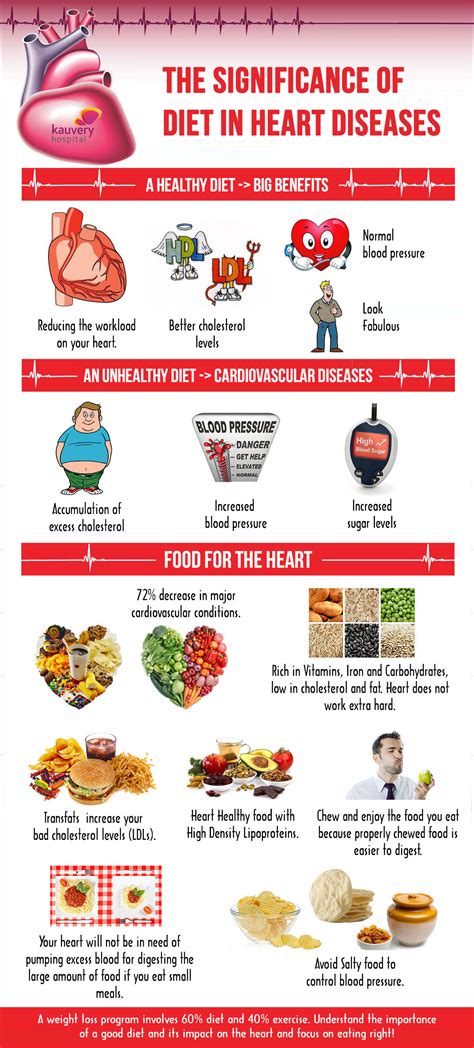
While a cardiac diet plan can be highly effective in promoting heart health, there are some common mistakes to avoid. These include:
- Not getting enough fiber, which can lead to constipation and other digestive issues
- Consuming too much sodium, which can increase blood pressure and cardiovascular risk
- Not drinking enough water, which can lead to dehydration and other health issues
- Eating too much saturated fat, which can increase cholesterol levels and cardiovascular risk
- Not getting enough physical activity, which can lead to weight gain and other health issues
By avoiding these common mistakes, individuals can ensure that their cardiac diet plan is effective and promotes overall health and well-being.
Tips for Maintaining a Cardiac Diet Plan
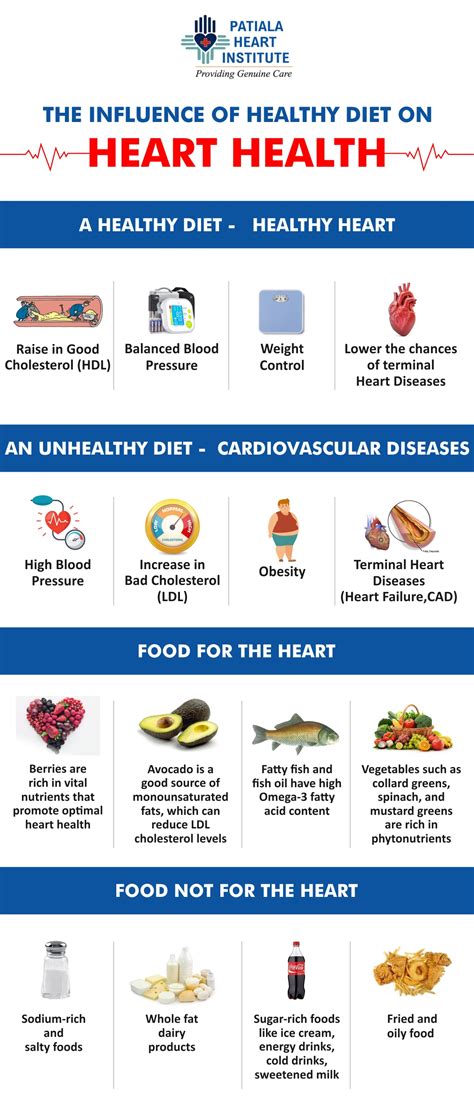
Maintaining a cardiac diet plan requires commitment and dedication, but there are some tips that can help. These include:
- Planning meals in advance to ensure healthy eating
- Shopping for whole foods and avoiding processed and packaged foods
- Cooking at home using healthy cooking methods
- Drinking plenty of water and limiting the intake of sugary drinks
- Getting enough sleep and engaging in regular physical activity
- Monitoring progress and making adjustments as needed
By following these tips, individuals can maintain a cardiac diet plan that promotes overall health and well-being.
Conclusion and Next Steps

In conclusion, a cardiac diet plan is a highly effective way to promote heart health and reduce the risk of heart disease. By understanding the basics of a cardiac diet plan, incorporating key foods, and avoiding common mistakes, individuals can experience the numerous benefits of a cardiac diet plan. Whether you are looking to prevent heart disease or manage existing conditions, a cardiac diet plan is an excellent place to start.
We encourage readers to take the first step towards a healthier heart by implementing a cardiac diet plan. Share your experiences, tips, and favorite recipes with us in the comments below. Let's work together to promote heart health and reduce the risk of heart disease.
What is a cardiac diet plan?
+A cardiac diet plan is a eating plan that focuses on consuming foods that are rich in nutrients, fiber, and healthy fats, while limiting the intake of unhealthy fats, sugars, and sodium.
What are the benefits of a cardiac diet plan?
+The benefits of a cardiac diet plan include lowering blood pressure and cholesterol levels, reducing the risk of heart disease and stroke, and improving overall health and well-being.
How can I implement a cardiac diet plan?
+To implement a cardiac diet plan, focus on whole foods, such as fruits, vegetables, whole grains, lean proteins, and healthy fats, and limit the intake of unhealthy foods, such as sugary drinks, refined carbohydrates, and saturated fats.
